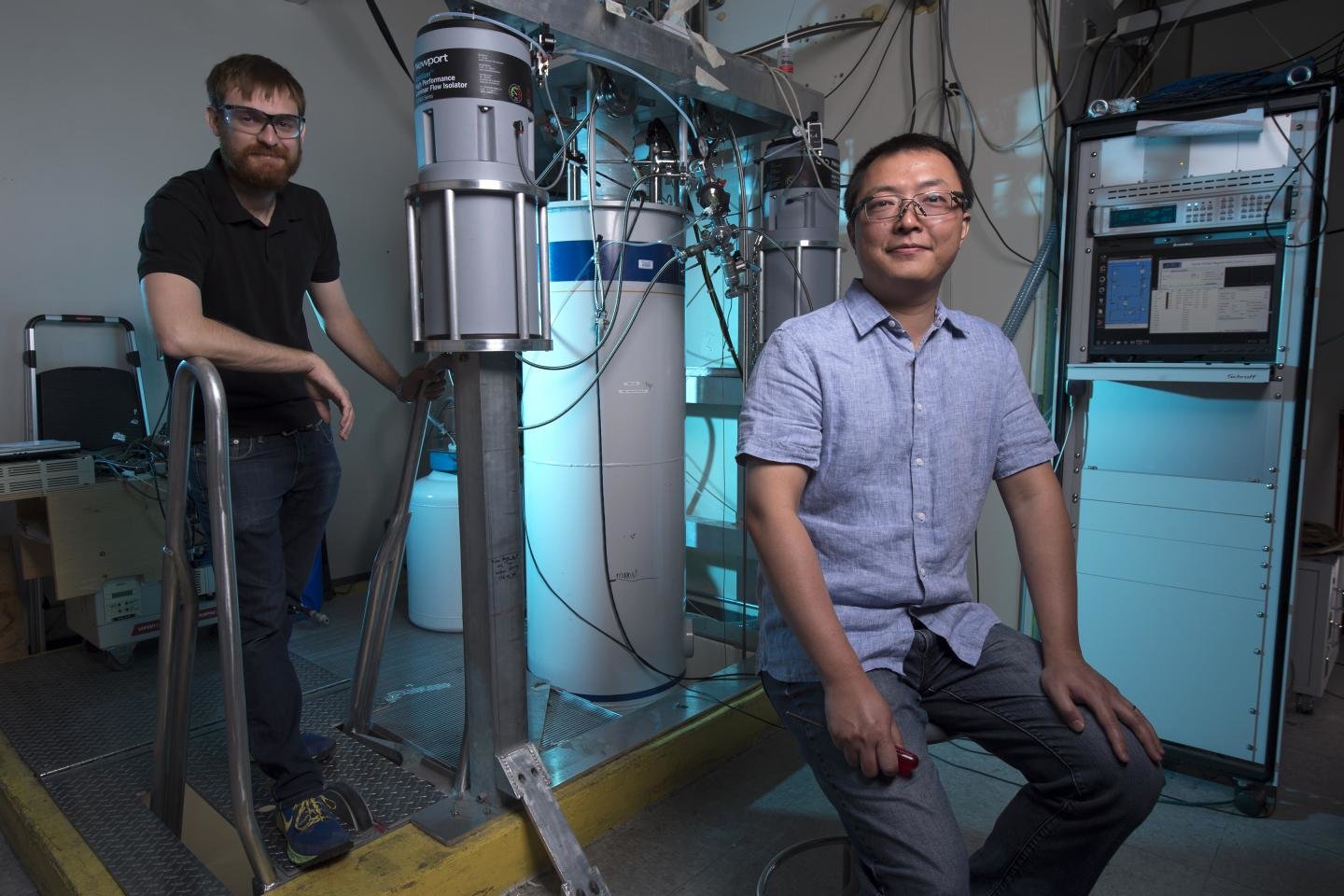New 2D Materials Could Conduct Electricity Near the Speed of Light

A novel material called CGT could be used to manufacture super-fast computer memory storage devices with the thickness of a single atom, according to Jing Xia of the University of California, Irvine.
Super-thin memory storage is just one of the potential applications arising from a series of three papers published this month by Xia and his colleagues, who are also probing the potential for conductive particles that move hundreds of times faster than electrons as well as ways to make hyper-powerful quantum computers more stable and useful.
"The general theme of all this work is the attempt to realize functional materials in two-dimensions," Xia said by phone from his office in Irvine, California.
Interest in so-called 2D materials has been red-hot following recent breakthroughs in the study of graphene, an atom-thin layer of carbon 100 times stronger than steel and better at conducting both heat and electricity than copper.
Existing computer memory storage devices, however, rely on components with magnetic properties — and graphene isn't magnetic.
RELATED: Liquid Metal Circuits and Atomic Microchips Could Be the Future of Electronics
Xia and his colleagues demonstrated in a paper published in the journal Nature that a single-atom layer film of CGT, which stands for chromium germanium telluride, has many of the same qualities of graphene, but is also magnetic. That opens the door to using CGT to create 2D computer memory devices.
Get the world’s most fascinating discoveries delivered straight to your inbox.
"It would be very, very fast memory, and energy-efficient memory," Xia said. "It would store information forever, whether or not there's a power source. And it would be 2D material, so it would be the thickness of an atom."
In conventional electronics, electrons act as message carriers, flowing through circuits at a speed of approximately one million meters per second (to be sure, electromagnetic energy itself flows faster still).
But Xia and his colleagues are exploring abandoning electrons completely and instead using different kinds of particles to transmit messages. One of those particles is the Dirac fermion, which can flow at 300 million meters per second — close to the speed of light.
In a paper published in Science Advances, Xia shows that bringing bismuth and nickel into contact can create an exotic type of 2D superconductor that uses another particle called a Majorana fermion as the message carrier — and demonstrates they can be transmitted with no dissipation or heat generation. What’s more, Majorana fermions could also be used to add stability to super-powerful devices known as quantum computers.
RELATED: Blueprint for Giant Quantum Computer Promises Mind-Blowing Power
Quantum computers can theoretically achieve power billions of times what normal computers can manage by replacing digital "bits" — the binary digits used by classical computers — with "qubits," special quantum units that can exist in superpositions that are both on and off at the same time.
"The Majorana fermion can help us realize a very robust quantum computer" by insulating the computer from outside interference, Xia said.
"They can be used for quantum computing as qubits, but it won't be interfered with or perturbed by the environment," Xia said. "It's very robust."
In a third paper published in journal Nature Materials, Xia and his colleagues demonstrated that a material called samarium hexaboride can be stabilized in a 2D-surface state and be used to transmit a signal-carrying current made of Dirac fermions.
Previously, the material could only be used for that purpose when cooled to a super-frigid -200 degrees Celsius.
But in their new experiment, Xia and colleagues managed to bring the temperature closer to -30 degrees Celsius.
"That's already the temperature of Alaska in winter," Xia said. "That's a big step towards building a room-temperature topologically protected quantum computer."
Originally published on Seeker.
